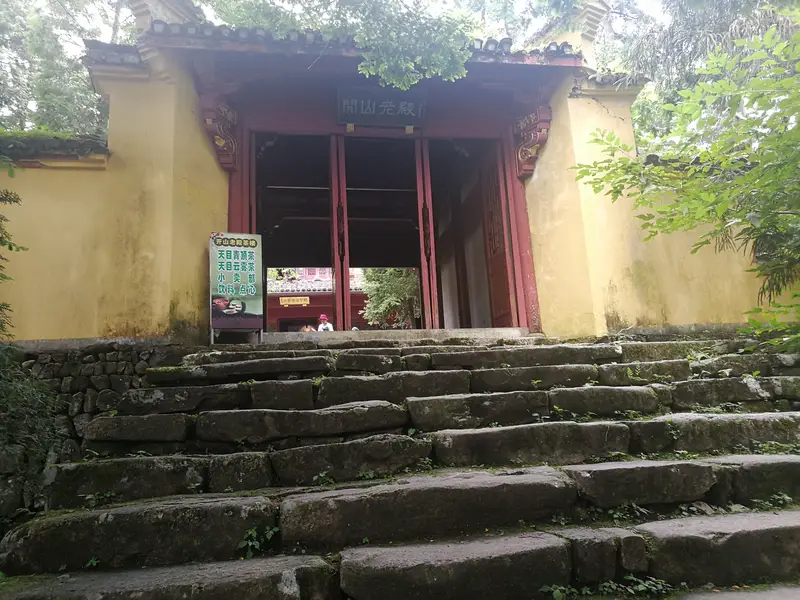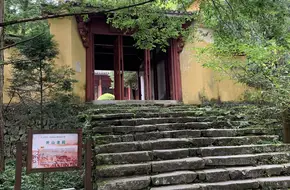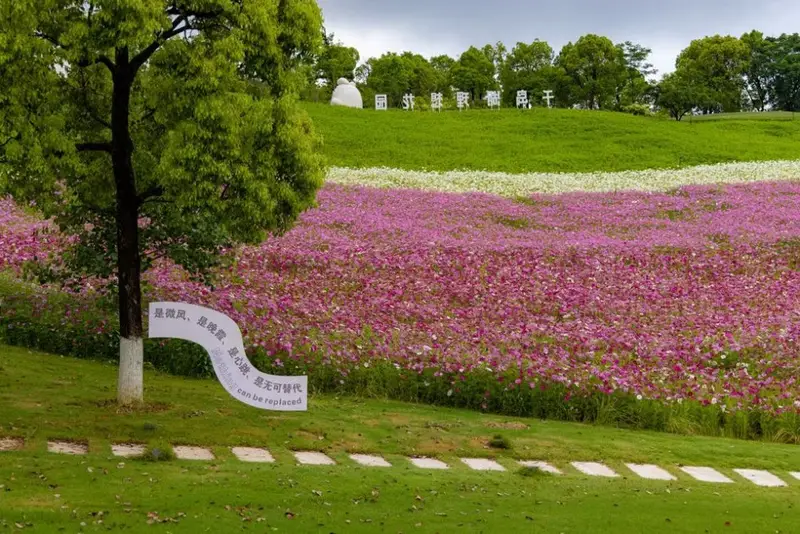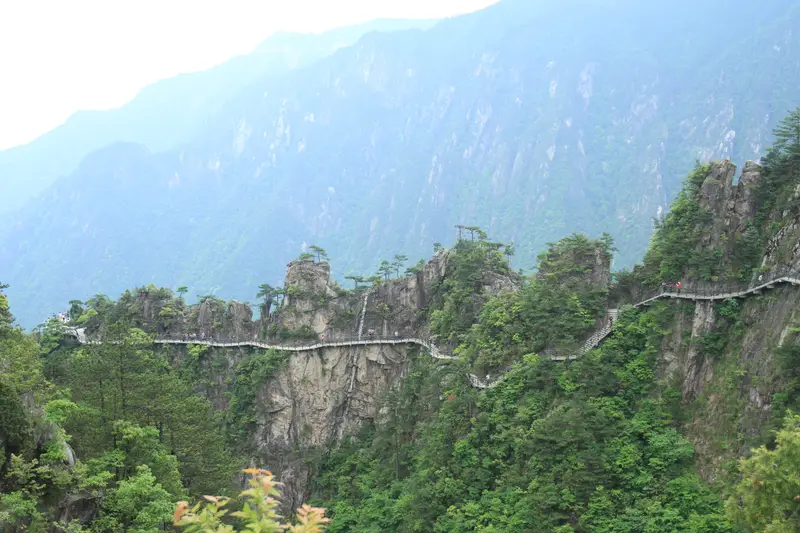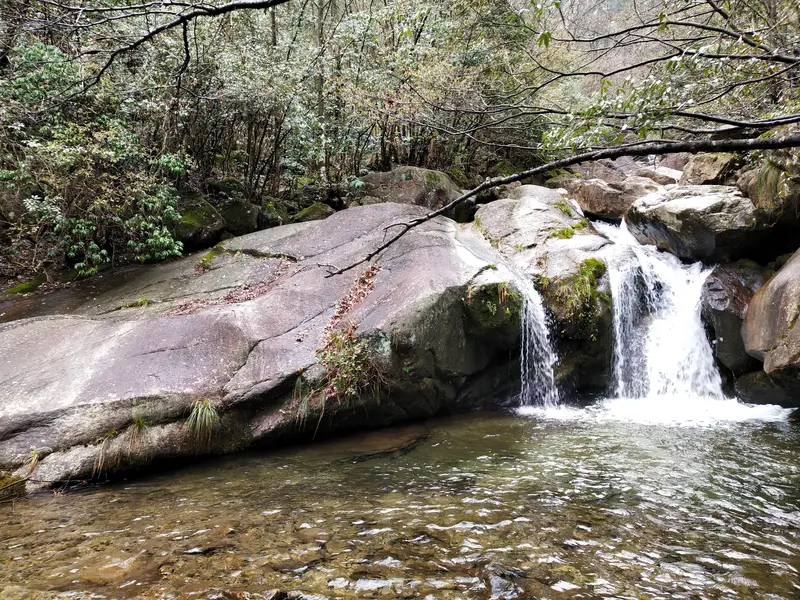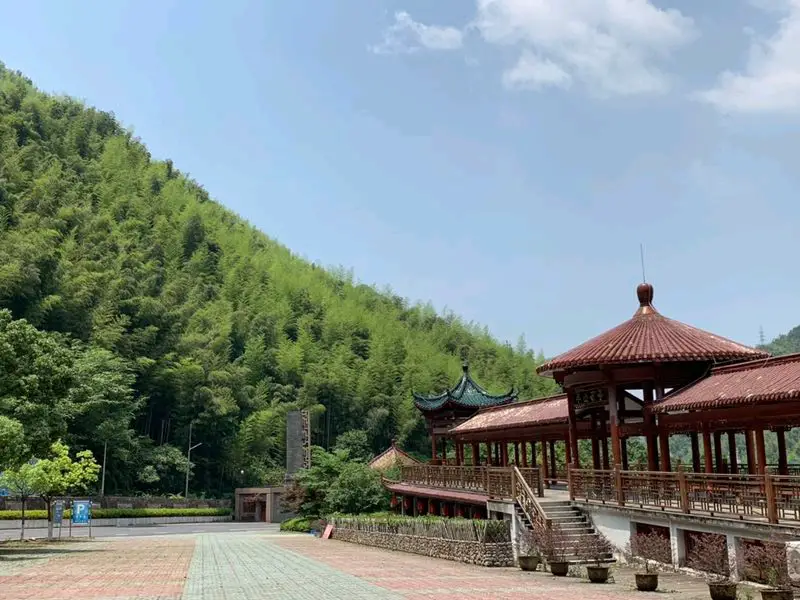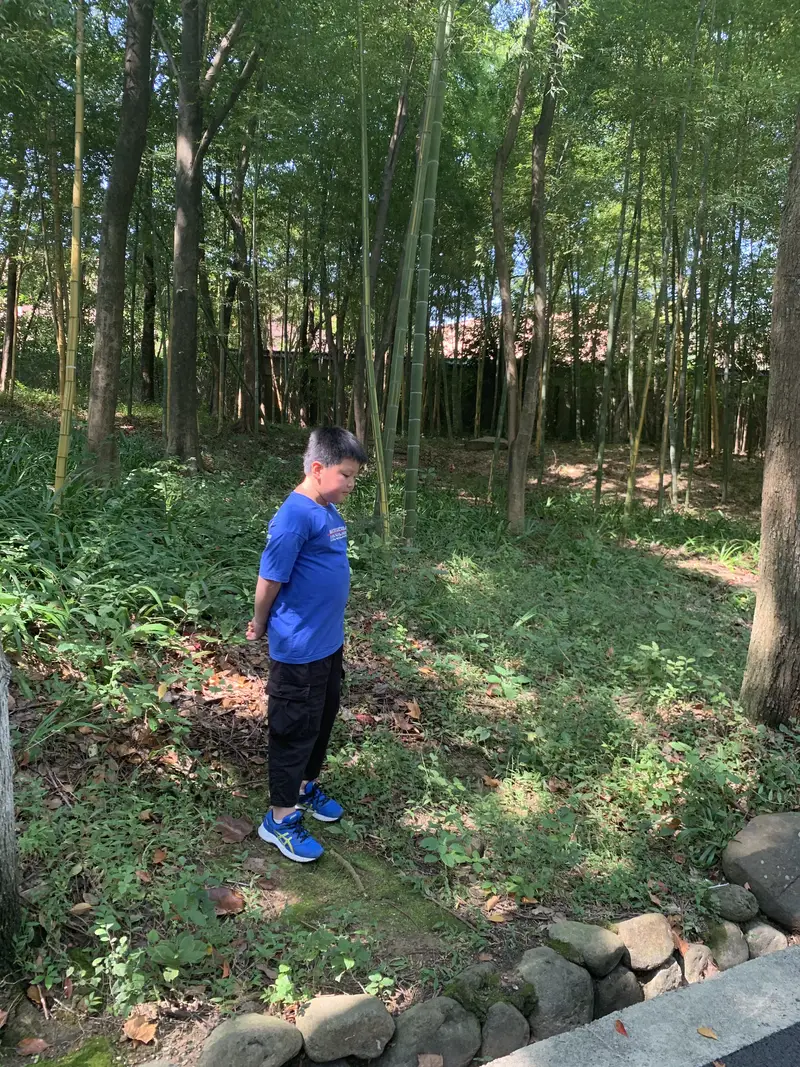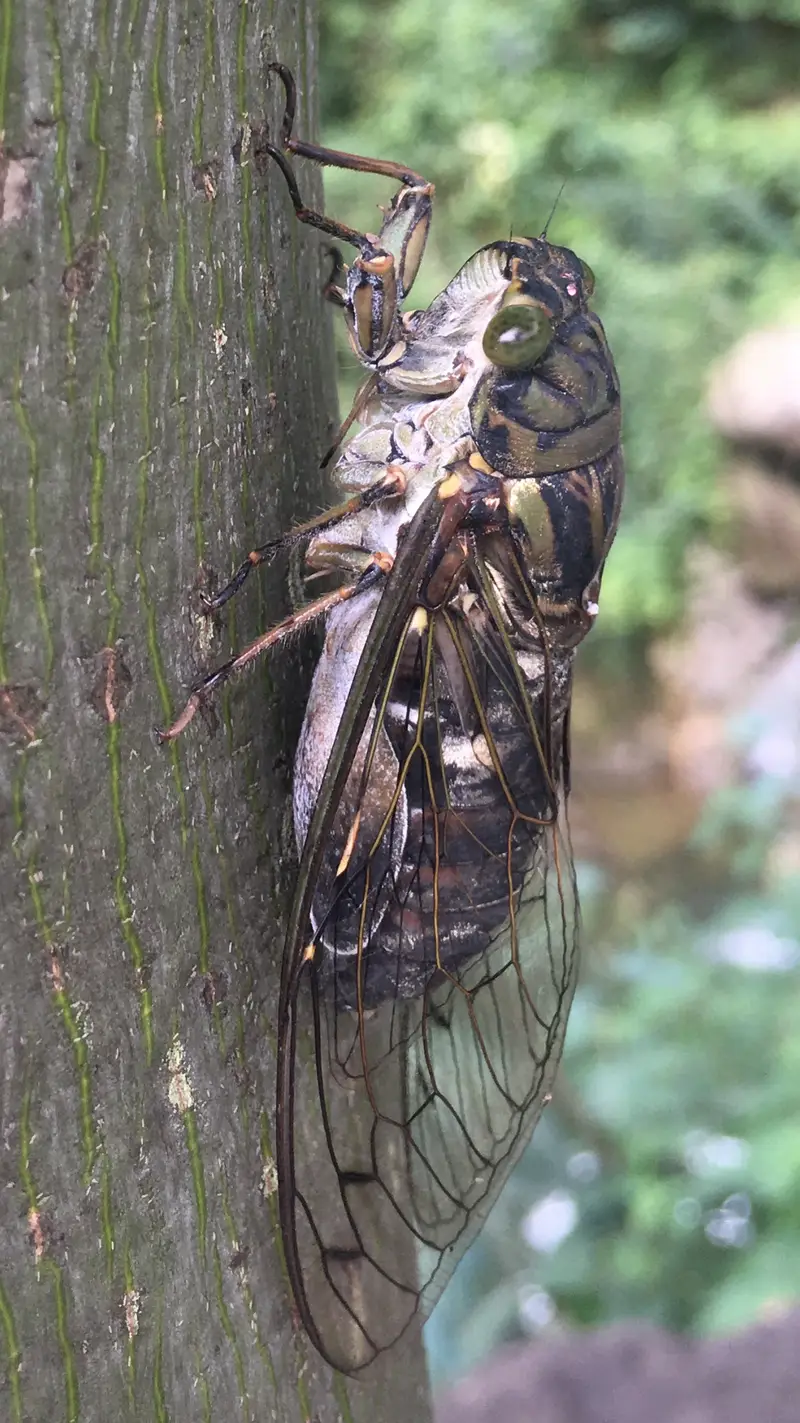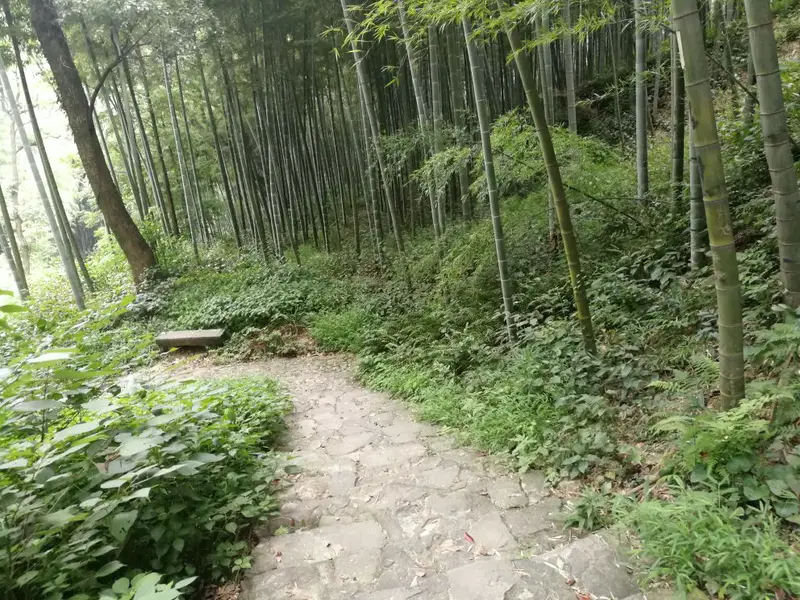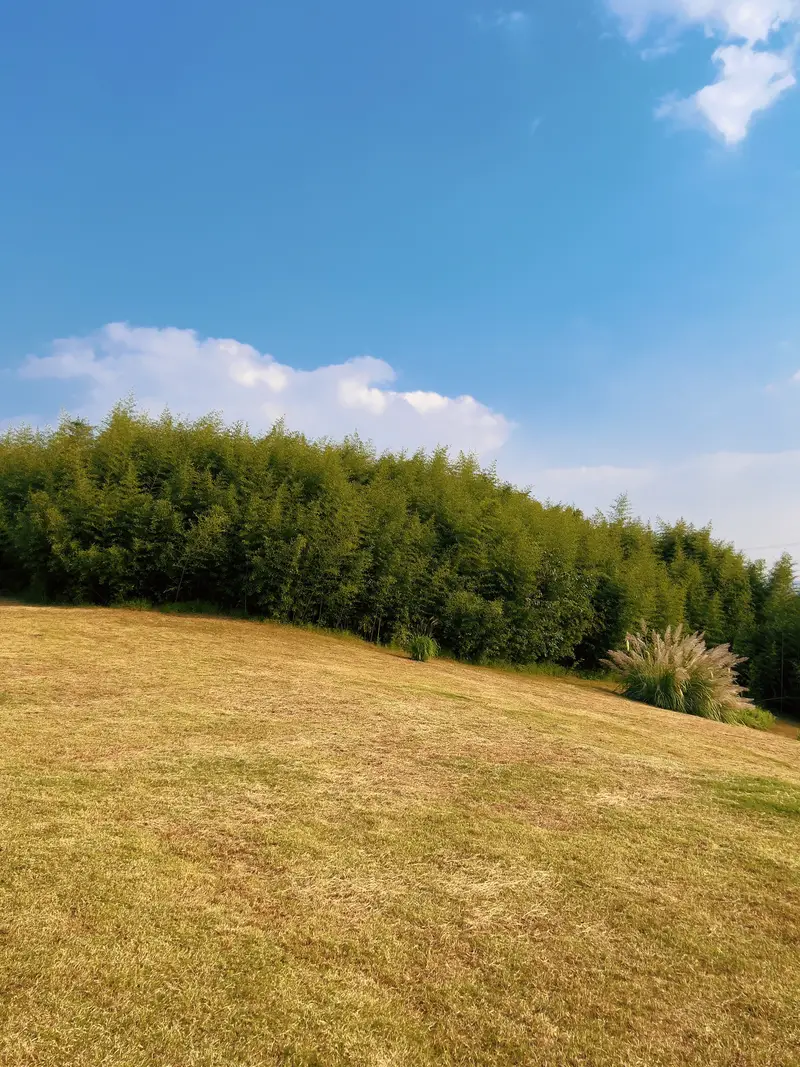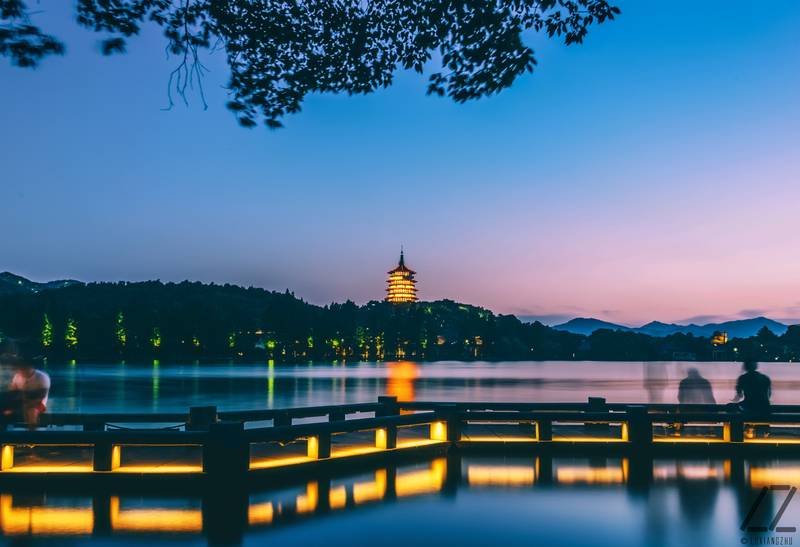Location & Transportation
Kai Shan Lao Dian, also known as Lion’s True Chan Temple, sits quietly within the Tianmu Mountain Scenic Area in Linan, Hangzhou. To reach this historic spot, take a bus or drive to West Tianmu Mountain—the temple lies near the iconic “Giant Tree King” area, east of Lion Rock. From downtown Hangzhou, it’s about a 2-hour drive, or you can catch a tourist bus from Hangzhou’s West Bus Station. Once inside the scenic area, follow the winding trails past ancient forests; the temple’s red-roofed architecture peeks out amid towering trees, a reward for hikers.
Natural Scenery: A Forest Cathedral
Nestled in a UNESCO-protected biosphere, Kai Shan Lao Dian feels like a secret hidden in nature. Ancient cypresses and cedars, some over 1,000 years old, form a green cathedral around the temple. In spring, wild azaleas bloom like pink clouds, while autumn turns the maple leaves fiery red. A clear stream gurgles nearby, and if you’re lucky, you might spot monks tending peaceful vegetable gardens. Don’t miss the “Giant Tree King”—a once-enormous tree now protected by a glass case, symbolizing the area’s deep connection to nature.
Cultural Significance: Birthplace of Zen
This isn’t just any temple. Kai Shan Lao Dian marks the origin of Buddhism in Tianmu Mountain, dating back to the 4th century AD (Jin Dynasty era). Though early monks lived in simple stone huts, the temple’s current structure, built in 1275 during the Yuan Dynasty, became a hub for Zen (Chan) teachings. It’s especially revered for reviving the Linji School of Zen, attracting scholars and monks from across Asia—including Japan, Korea, and even India. Today, Japanese Buddhist groups still visit to trace their spiritual roots.
What to See & Do
- Architecture: Admire the temple’s classic Chinese design—upturned eaves, carved beams, and Buddha statues. The main hall’s wooden panels still hold faded murals.
- Spiritual Atmosphere: Locals say the air here feels “different”—perhaps due to centuries of chants and incense smoke. Monks often host meditation sessions for visitors.
- Hiking: Trails from the temple lead deeper into Tianmu Mountain’s sea of bamboo. A popular route takes you to Hai Bao Pool, where legend says a dragon lives.
Practical Tips
- Opening Hours: The temple is open daily, but check seasonal hours (early morning or late afternoon light is best for photos).
- Facilities: Nearby visitor centers offer maps and hot meals. There’s also a small hotel for those wanting to stay overnight.
- Respect: Dress modestly (cover shoulders/knees) and avoid loud noise, as this remains an active monastic site.
Why Visit Kai Shan Lao Dian?
For a mix of nature, history, and spirituality, Kai Shan Lao Dian delivers. Unlike crowded city temples, its remote location keeps crowds low. Whether you’re a Buddhist, a hiker, or a culture lover, the blend of ancient forests and centuries-old faith offers a rare escape. Bring a journal—you’ll want to capture both the views and the quiet wisdom of this mountain sanctuary.


